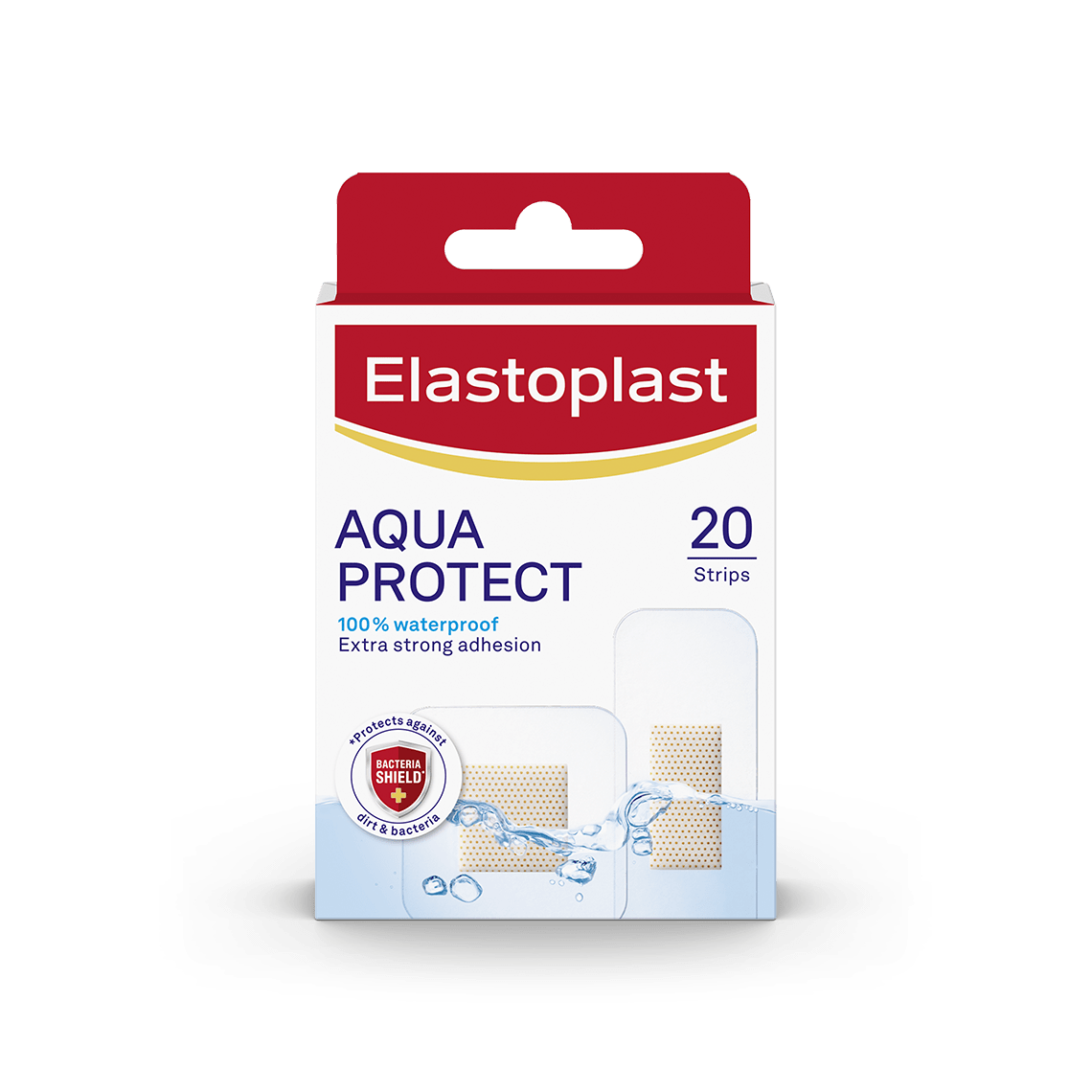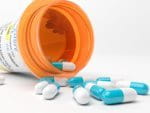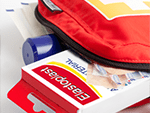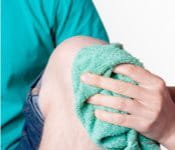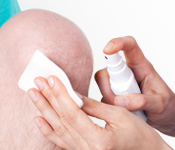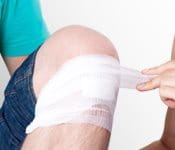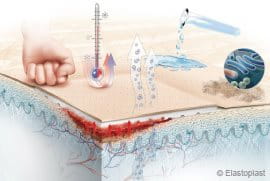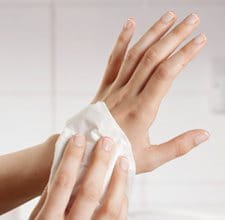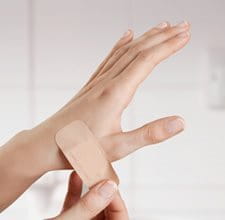About
First Aid - first measures
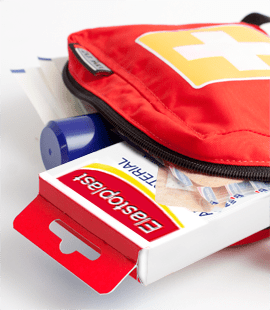
Accidents can happen, and when they do it is important to keep a cool head. Not everyone is accustomed to seeing blood, and sometimes even something harmless such as cutting vegetables in the kitchen can lead to a deep cut that will bleed profusely. Knowing how to react and having a well-stocked first aid kit at home and in your car will help you be prepared.
YOU CAN‘T PREVENT ACCIDENTS,
BUT YOU CAN HAVE A GOOD
FIRST AID KIT AT HAND
When do I need a doctor? When to seek medical advice.

We recommend to contact a medical professional in the following circumstances:
- if the wound is deep and causes major bleeding
- if the wound shows signs of infection such as redness, warmth, pain and swelling
- if there are embedded foreign objects
- in case of an animal or human bite or
- in case of contact with animal blood
- if the wound is in the area of the face
- if there is insufficient tetanus vaccination
and of course any time you have questions or are uncertain.
